+44 (0)1634 791600
info@crystal-display.com
Newsletter Sign Up!
+44 (0)1634 791600
info@crystal-display.com




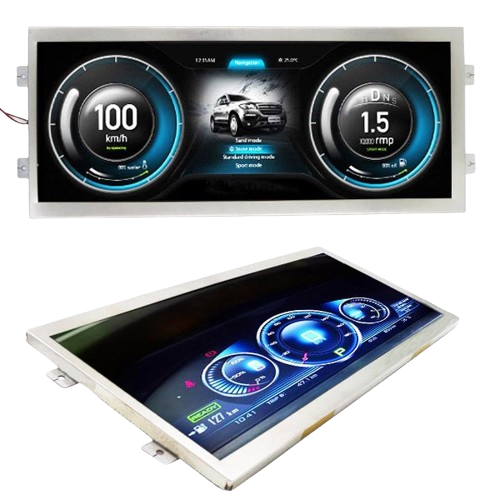
In-vehicle displays, particularly TFT (Thin-Film Transistor) displays and touchscreens, are becoming increasingly vital in modern agricultural machinery like tractors, combine harvesters, and other farming vehicles. As agricultural technology evolves, these display systems provide critical real-time data to operators, improving both efficiency and operational accuracy in farming tasks. One of the primary advantages of TFT displays is their ability to function effectively in harsh outdoor conditions. Agricultural vehicles operate in environments with high dust levels, extreme temperatures, and vibrations. TFT displays are built with rugged enclosures and anti-glare coatings to withstand direct sunlight, ensuring readability even in bright conditions.
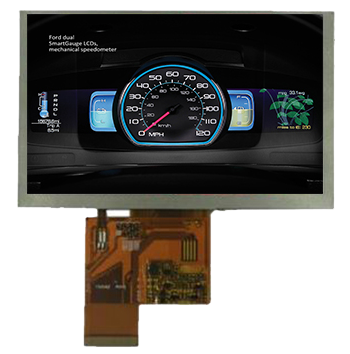
An Agricultural Vehicle Instrumentation Display is an electronic interface or dashboard found in modern agricultural vehicles like tractors, combine harvesters, and sprayers. It provides operators with real-time data, control options, and feedback related to the vehicle’s performance and agricultural tasks. The purpose of these displays is to improve the efficiency, precision, and safety of agricultural operations by giving the operator access to critical information in an easily understandable format.
Vehicle Performance Monitoring:
Precision Farming Tools:
Implement Control:
Telematics and Data Collection:
User Interface:
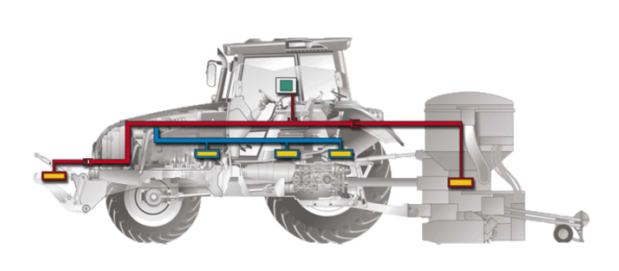
TFT displays are widely used in agricultural vehicles due to their high visibility, durability, and adaptability to various environmental conditions. These displays offer high-resolution graphics, allowing for the clear and sharp presentation of data such as engine diagnostics, GPS information, fuel levels, and crop yield. This enables operators to monitor vehicle performance and productivity seamlessly.
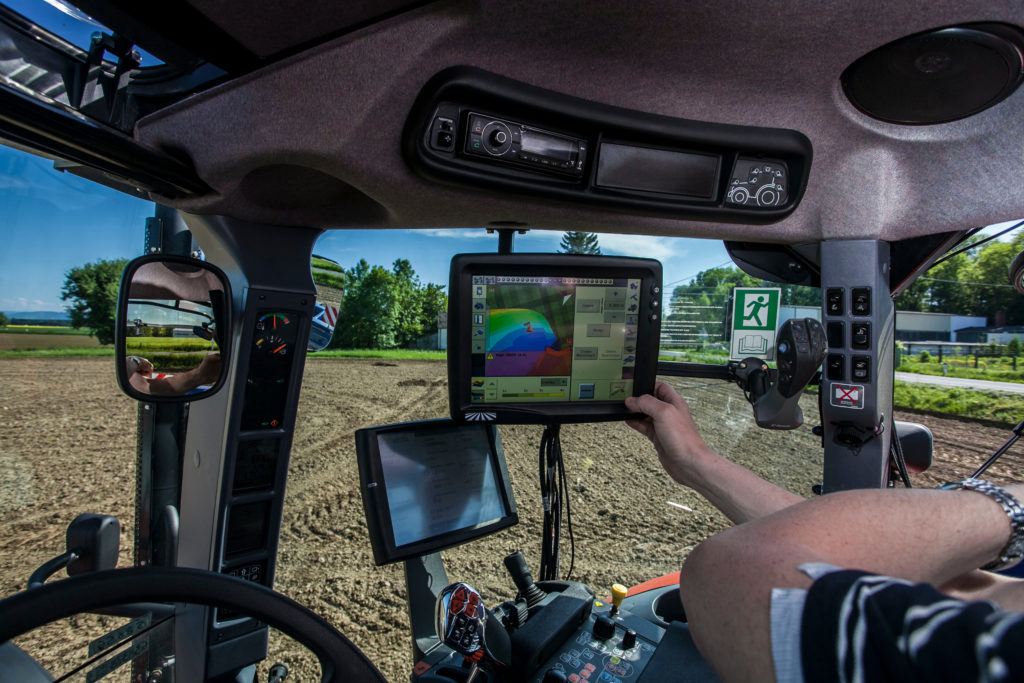
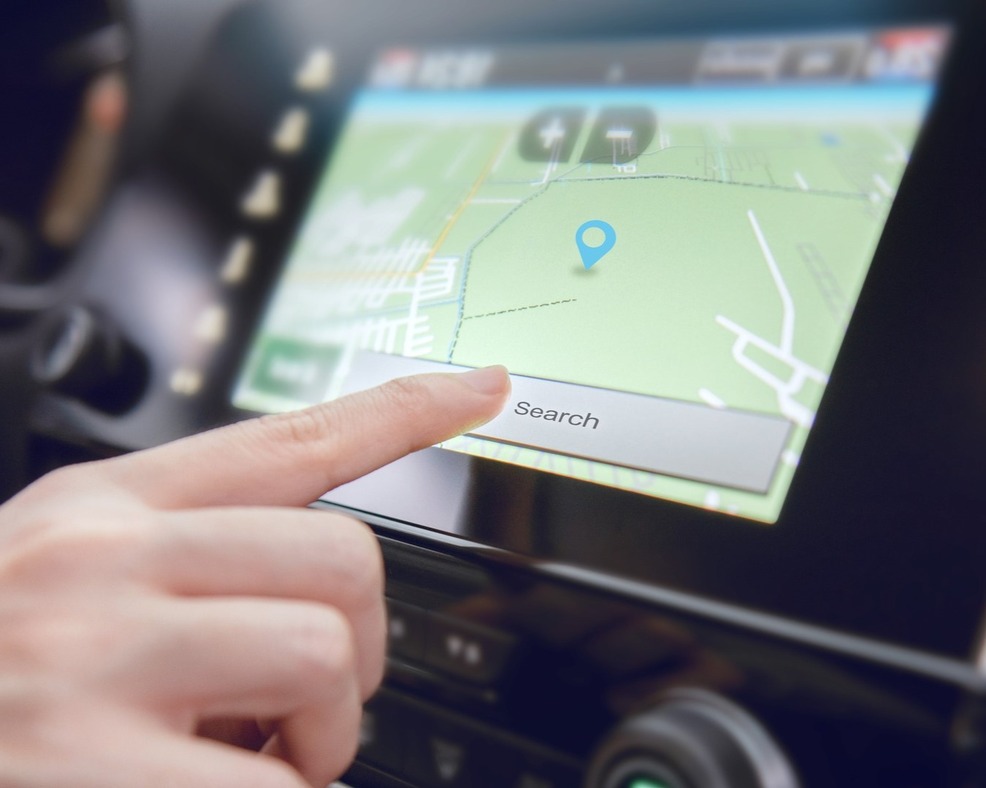
Touchscreen technology in agricultural vehicles adds an interactive layer, allowing operators to control machinery with ease. Capacitive touchscreens, in particular, offer high sensitivity and accuracy, making it easy for operators to make adjustments or switch between screens with a simple touch, even while wearing gloves. This is particularly important in agricultural environments where weather conditions and terrain make ease of use a priority.
Modern in-vehicle displays are now integrated with GPS for precision guidance, camera systems for enhanced field-of-view monitoring, and IoT (Internet of Things) capabilities to provide real-time data on crop and soil conditions. The combination of TFT displays and touchscreen technology allows operators to leverage advanced farming techniques, improve yields, and reduce fuel consumption by optimizing routes and managing tasks more efficiently.
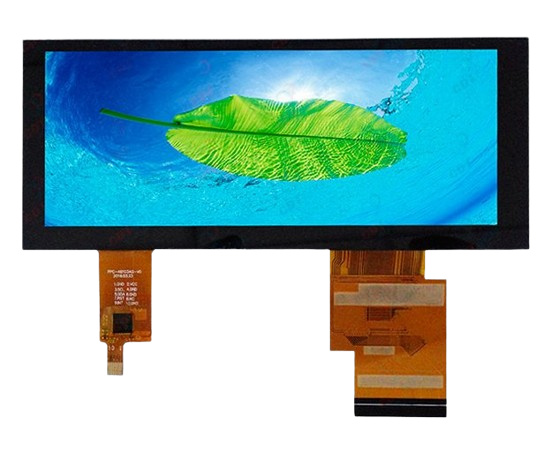
TFT (Thin Film Transistor) displays and touchscreens are transforming the control panels of agricultural vehicles, bringing advanced technology from industries like automotive and aviation into the farming sector. By offering clear, high-resolution displays and responsive touch interfaces, these systems provide farmers with real-time access to critical data, such as engine performance, fuel consumption, and crop yield metrics.
Moreover, touchscreens allow for intuitive control of complex machinery settings, such as precision planting, automated steering, and irrigation systems. This enhances the precision of farming tasks, reducing resource waste while boosting productivity. The ability to monitor and adjust equipment settings on the go—using graphical interfaces that minimize training time—helps reduce downtime, making operations more efficient.
As farm equipment becomes more autonomous and data-driven, TFT displays play a vital role in connecting farmers to cloud-based systems for real-time analytics, remote diagnostics, and GPS-guided navigation. These innovations are not only simplifying the operation of agricultural machinery but are also laying the foundation for a more sustainable, precise, and technologically integrated farming industry.
